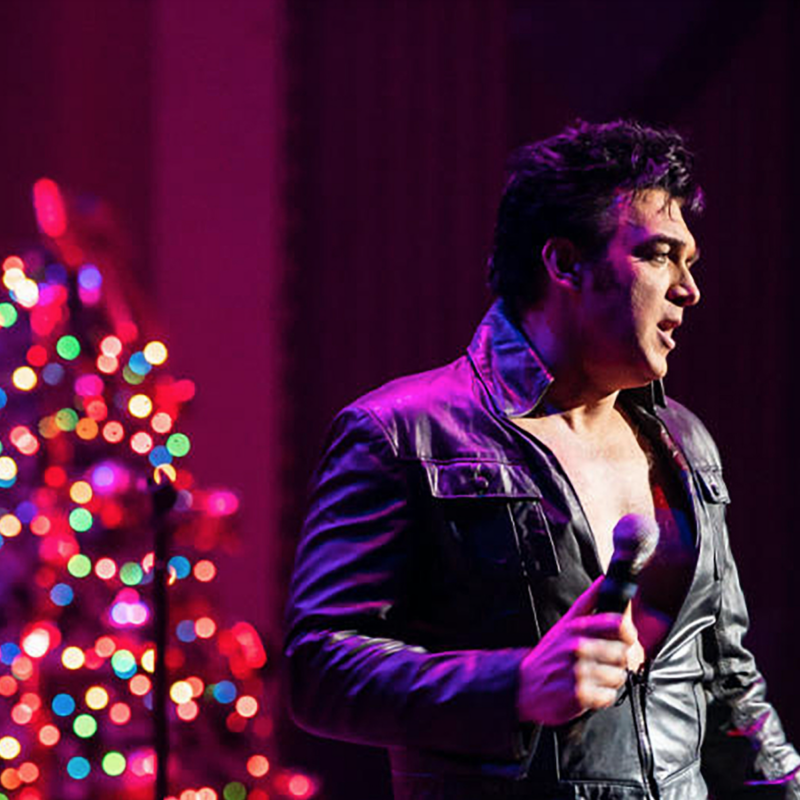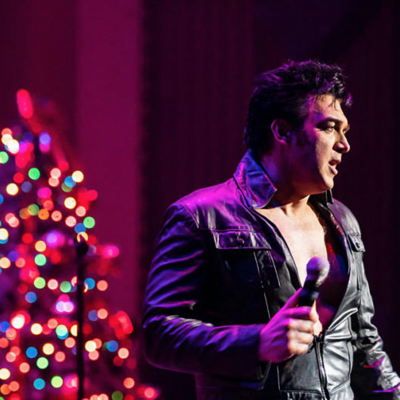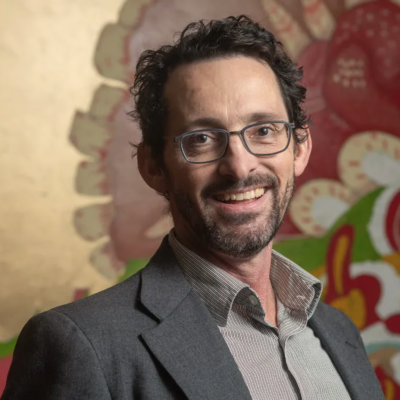Mixed-media artist Diana Hale remembers the first time she entered a voting booth. She had just learned how to drive, but wasn’t yet old enough to vote, and transported an elderly relative who’d voted in every election for the past 75 years to the polls.
“There was a lot of effort involved in the trip,” says Hale. “It was a physically difficult thing to do, but it was so important for my family member. It’s easy for us to say, ‘Oh, I have a lot of work to do,’ or ‘I don’t have time to vote,’ but this experience gave me an appreciation for how important voting is.”
A note from Beryl Solla in PVCC’s North Gallery speaks to that familial responsibility to vote. Solla curated “Bloom: In Honor of the Centennial Anniversary of Women’s Suffrage,” which explores the notion that people bloom when they have a voice. The show features paintings, sculpture, photographs, and mixed-media work from Bolanle Adeboye, Stacey Evans, Aaron Eichorst, Lara Call Gastinger, John Grant, Sam Gray, Diana Hale, Lou Haney, Barbara Shenefield, and Annie Temmink, as well as a collaborative crayon drawing from Johnson Elementary School first grade students.
“Women were arrested, beaten, and tortured in an effort to stop this movement,” Solla’s welcome note reads. “In their honor, in our mothers’ and grandmothers’ and great-grandmothers’ honor, let’s all remember to vote.”
Of the past three presidential elections, 2016 marked the lowest voter turnout in the City of Charlottesville, with about two-thirds of total registered voters casting ballots. In the City’s 2017 non-November special elections and primaries, 27 percent of registered Democratic voters and 2 percent of registered Republican voters cast ballots.
“We forget that people died for these rights,” Hale says. “It’s embarrassing to think that this is how we respond, given that people sacrificed their lives for this.”
Temmink, whose “Temper” sculpture explores materiality and process, says she finds it easy to lose track of her place within the complex history of women’s suffrage and modern feminism. Two prints by Barbara Shenefield speak to that history and highlight well- and lesser-known female activists and cross-party politicians. “Bloom 1” boldly illustrates names of women fighting for equality prior to the ratification of the 19th Amendment in August 1920. “Bloom 2,” is a transparent version of her sister, with the names of contemporary feminists fading into bright florals reminiscent of Marimekko textiles and Pop Art silkscreens.
“We’re still working on equal rights,” says Shenefield. “It helps to know that good things take a lot of hard work and a lot of hands. It’s easy to get discouraged, especially when you’re young and can conceptualize a better future, but that’s a long, hard-fought fight.”
Evans’ “Fading Poppies” reflects on that passage of time and loss. Her print documents dying poppies in cold white light that casts dark shadows across the crinkled plant-life. The decaying petals become shapes, textures, and colors, vestiges of the once-living thing they adorned. In “Remembrance,” Eichorst meditates on what might have been, and commemorates the struggle, tears, and loss of the suffrage movement.
“Progress is not only in the fresh beginning of a new idea,” Evans says. “It’s about taking notice at every phase of life, whether it be growth or decay.”
Grant’s “Chalis” similarly removes the living aspect of its photographed flower petals, silhouetted against a black background. Although viewers see luscious oranges, pinks, and yellows, the roots and the green are gone.
Bolanle Adeboye’s illuminated diptych “Sink and Swim” offers a different exploration of struggle and suffrage, progress and choice. The image mimics the experience of peering into an aquarium, as neon, anemone-like shapes mingle with bubbles, scratch patterns, and creeping florals. Adeboye created the piece in opposition to the idea that one’s success depends entirely on a solitary effort.
“It’s a comfort during overwhelming times to remind myself that movement and progress can occur in many directions and along different planes,” Adeboye says. “And perhaps most important, [to remember] none of us are really ever alone in our efforts. There is life and beauty and diversity blooming all around, all the time, even at the very bottom of the ocean.”
Blooming along the gallery’s windows are vibrant painted florals by Lou Haney, whose gouache panels “Floral A” and “Floral B” are also featured in the show. Haney’s window installation blurs the outside environment, and bounces lively reflections across the glass frames of artworks on the opposite wall. Haney calls her painting “psychedelic,” and influenced by the Pattern and Decoration feminist art movement.
Like Haney, Gray and Hale seek to reclaim practices stereotyped as trivial or unartistic. Gray’s “Women’s Work” honors the domestic work that ultimately nourishes society. And Hale’s postcards incorporate collaged embroidered elements that nearly escape the viewer’s eye. As with the minute, controlled, and elaborate details of Gastinger’s botanical watercolors, both artists carefully consider each element of their artworks. Every brushstroke or stitch has a purpose.
“With my embroidery, I think of my grandmother, who will be 101 in November,” says Hale. “She is very progressive and was a big force in the workplace.” Hale says her grandmother “harasses” her about embroidery as art. “My grandmother asks me, ‘What are you doing? I tried to get away from the domestic realm!’ Now, I get to create art of that realm on my own terms.”





